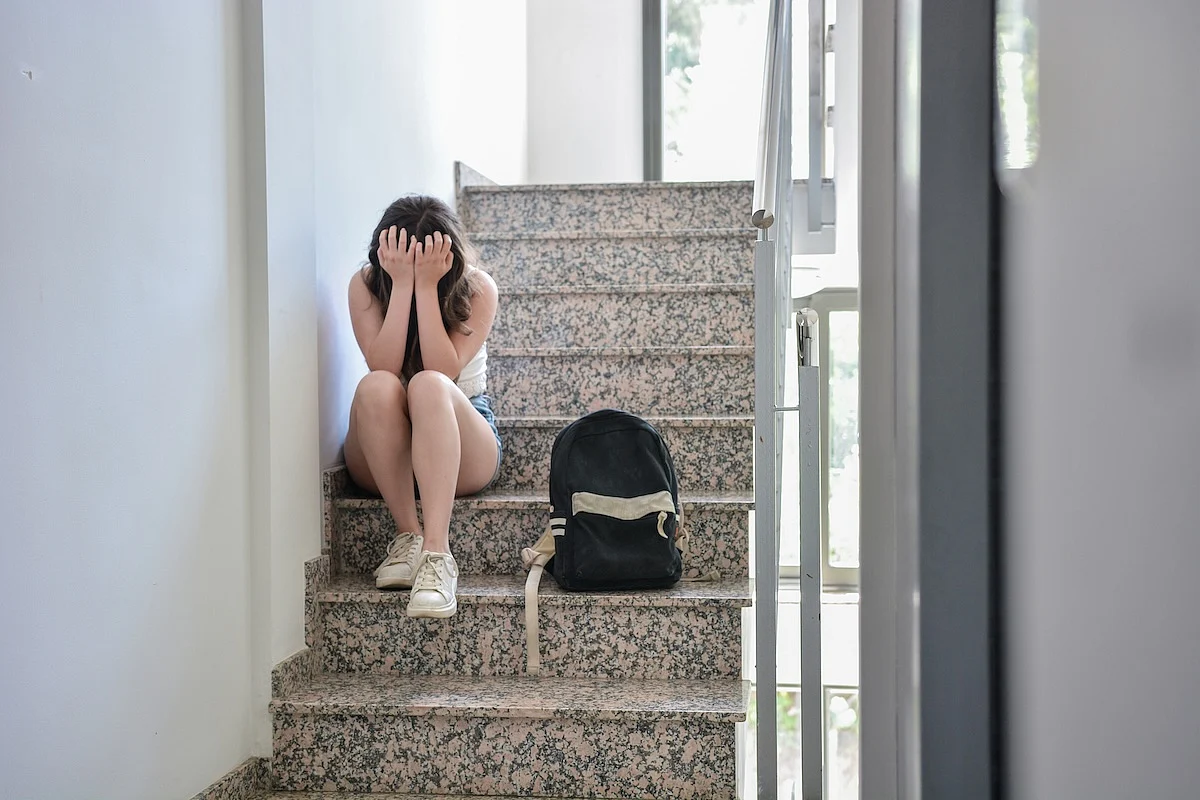Household Items Tied to Sharp Increase in Self-Harm Cases in Teens
By I. Edwards HealthDay Reporter
WEDNESDAY, Sept. 10, 2025 — Cases of self-harm involving 6- to 12-year-olds have risen sharply, and researchers warn that common household products are often involved.
Their findings appear in the Sept. 8 issue of Pediatrics, the journal of the American Academy of Pediatrics.
Researchers analyzed more than 1.5 million reports made to U.S. poison control centers from 2000 to 2023.
While overall substance exposures in kids rose more than 50%, the number of cases linked to suspected suicide or self-harm intent increased up to fourfold, said study co-author Dr. Hannah Hays, chief of toxicology at Nationwide Children’s Hospital in Columbus, Ohio, and medical director of the Central Ohio Poison Center.
“These cases were far more likely to result in serious medical outcomes or hospitalization for these children,” Hays told CNN.
Reports of suspected self-harm among 11-year-olds increased by 398% since 2000, and by 343% among 12-year-olds, the study found.
The products most often involved?
Pain relievers, antihistamines, cold medicines, vitamins and other available household substances were commonly used.
“With increased access comes increased exposures to all things,” Hays said, noting that the presence of more medications and toxic substances in homes raises potential risks.
Hays also said the decision-making and planning parts of a child’s brain are still developing, which can make kids more impulsive.
That, combined with easy access to medications and other toxic substances, can increase the likelihood of self-harm.
She recommends locking up prescription and over-the-counter medications, disposing of unused products safely and considering packaging changes for high-risk drugs.
“Just those few minutes to pop the pills out of the blister pack can be enough to make a child think about what they’re doing, stop, and it can therefore save their life,” she added.
Hays stressed the importance of caregivers looking for early signs of distress.
“Children don’t always look at you and say, ‘I’m feeling depressed. I’m feeling like I want to harm myself,’ ” she said.
Parents should watch for changes in mood, behavior, sleep, appetite and school attendance, and seek help when any concerns arise.
Additionally, health care providers, the study noted, can play an important role by screening for suicide risk and offering early mental health support.
Sources
- CNN, Sept. 9, 2025
Disclaimer: Statistical data in medical articles provide general trends and do not pertain to individuals. Individual factors can vary greatly. Always seek personalized medical advice for individual healthcare decisions.
© 2025 HealthDay. All rights reserved.
Posted September 2025
Read this next
Ultrasound Helmet Provides Surgery-Free Brain Stimulation
WEDNESDAY, Sept. 10, 2025 — Deep brain stimulation has shown promise in treating conditions ranging from epilepsy and Parkinson’s disease to cluster headaches...
Wireless Ultrasound: A Potential Revolution In Assessing On-Field Sports Injuries?
WEDNESDAY, Sept. 10, 2025 — The collegiate sports season is upon us, and with it the inevitable bruises, sprains and strains that come from tough competition. Portable...
Premature Immune Aging Might Be Driver Of Rheumatoid Arthritis
WEDNESDAY, Sept. 10, 2025 — Rheumatoid arthritis might be caused in part by a prematurely aging immune system, a new study says. Researchers found that people with joint...
More news resources
- FDA Medwatch Drug Alerts
- Daily MedNews
- News for Health Professionals
- New Drug Approvals
- New Drug Applications
- Drug Shortages
- Clinical Trial Results
- Generic Drug Approvals
Subscribe to our newsletter
Whatever your topic of interest, subscribe to our newsletters to get the best of Drugs.com in your inbox.

